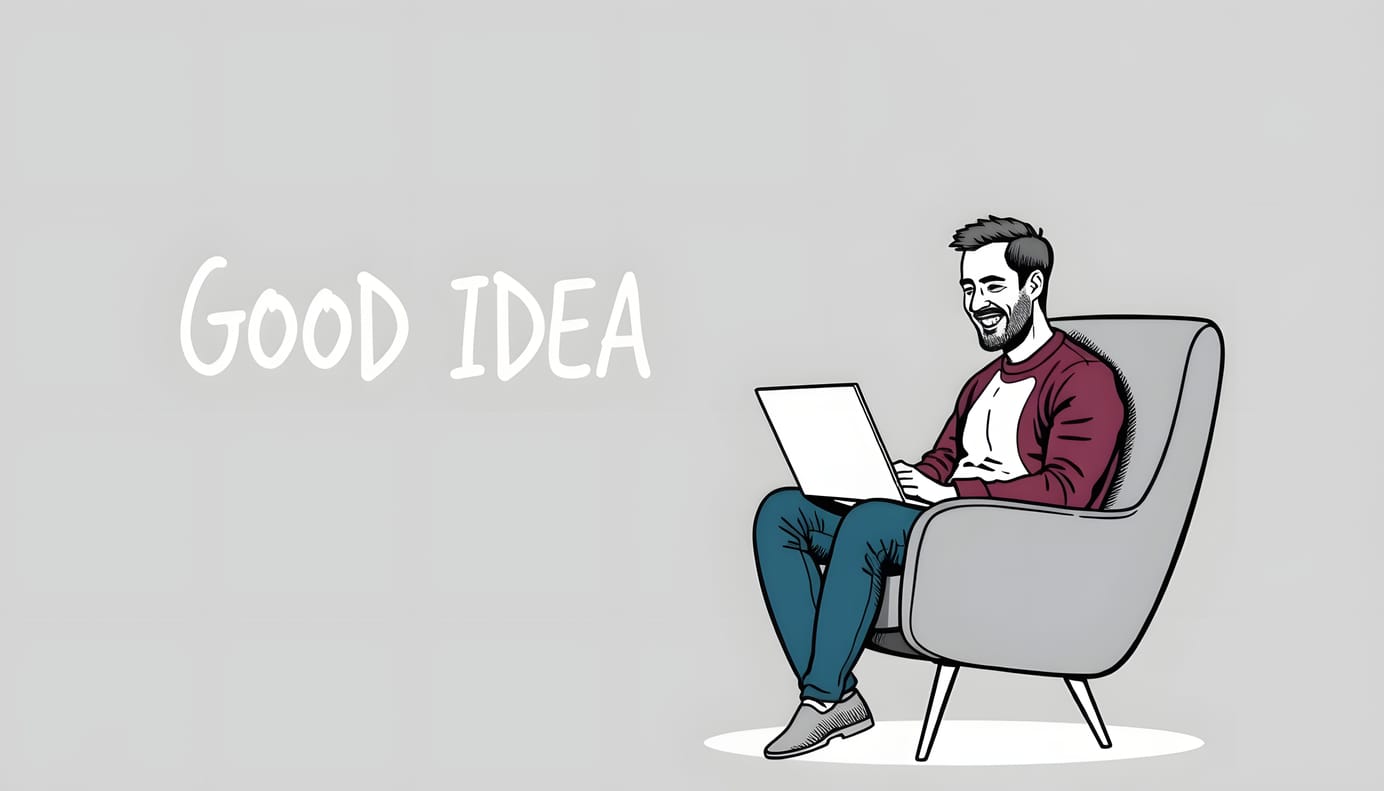The Hidden Midlife Beliefs Holding You Back Pt 2

Summary: In this second part of our series, get actionable tools to shift your mindset and move forward.
Midlife is often described as a “second act,” a phrase I've never really been comfortable with. But if we’re honest, sometimes it feels more like an elaborate escape room— one filled with invisible traps like self-doubt, outdated narratives, and “What if I can’t?” moments.
But what if those invisible traps are beatable–and you hold the key?
Welcome to Part 2 of our series on navigating midlife thinking traps. If you missed Part 1, we explored how to identify those pesky beliefs like “I’m too old to learn this” or “Why start over now?” that quietly creep into your decisions.
Identifying them is Step 1—but actionable strategies are the subject of this next post.
Picture a toolbox loaded with real-world tactics, mindset shifts, and, yes, a dash of humor (because, honestly, laughing at our fears makes them less scary). Whether you’re in your 40s plotting a career pivot, in your 50s wondering if it’s too late to grow, or in your 60s redefining “retirement,” this article is designed to meet you exactly where you are.
Here’s how we start rethinking, reframing, and rewriting your midlife story:
Prove Your Fears Wrong—One Tiny Step at a Time
Thoughts like “I’m too old for this” can feel enormous, but they’re often built on untested fears. The best weapon against them? Action. Even the smallest win can shift your self-perception in huge ways.
Why It Works
Confidence doesn’t come from motivational quotes. It comes from doing the thing you thought you couldn’t.
How to Do It
Choose one small action that directly challenges a fear. For example: If you think you’re “too old” for new technology, take a beginner class on web design or an app you’ve always wanted to try.
If networking feels intimidating, create a simple LinkedIn post or comment on someone else’s. Realizing, “Hey, I survived that!” builds momentum.
Mini Challenge
This week, set one small, achievable goal. Maybe it’s writing the first paragraph of your blog, attending a free webinar, or editing an old resume. Celebrate it when you’re done—even if it feels tiny.
Key Insight
You don’t have to tackle your mountain all at once. Small actions, repeated consistently, add up to a massive mental shift from “I can’t” to “I am.”
Share Your Goals to Amplify Accountability
Have you noticed that midlife can feel weirdly silent? By this stage, we assume others have it all figured out (spoiler alert—they don’t). Sharing your ambitions publicly isn’t just bold—it’s empowering.
Why It Works
We thrive on connection. When you declare your intentions, a mental switch flips. Suddenly, it’s not just your dream—it’s a commitment others are cheerleading, too.
How to Do It
Post on social media about the new skills you’re developing or career changes you’re exploring. Better yet, bring a friend along for the ride—someone ready to leap with you.
Pro Tip
Find an accountability buddy around your age. Whether it’s a friend exploring their midlife growth strategies or a peer pushing past their own fears, cheering each other on makes moving forward feel less… lonely.
Key Insight
Once you put your intentions out there, you’ll find surprising support—from cheerleaders to tips—and the friendly pressure will help you keep going.
Rewrite Your Inner Narratives
Remember the inner scripts we talked about in Part 1? “Better safe than sorry” or “I’m too old for this.” Now it’s time to grab the metaphorical red pen and reframe those statements into something that actually helps you.
Why It Works
Your thoughts shape your reality. When you tell yourself “I can’t,” your brain finds proof of that. Change the story? You’ll train your brain to look for different evidence.
How to Do It
Swap out limiting beliefs for ones that spark growth. For example:
- Replace “Better safe than sorry” with “Better bold than stuck.”
- Ditch “I’m not tech-savvy” for “I’ll learn what I need along the way.”
If this feels tricky at first, try keeping a journal where you write down and rewrite the beliefs holding you back. Seeing them on paper often makes them easier to reframe.
Key Insight
The phrases on repeat in your head set the tone for your actions. Choose narratives that help you expand, not shrink.
Surround Yourself with Energy, Not Just Experience
The people around you matter more than you realize. If your circle views midlife as a downward spiral, guarding your optimism gets a whole lot tougher. But here’s the good news—you can choose to build an energizing support system.
Why It Works
Psychologists call it emotional contagion. Spend time with people who exude curiosity, growth, and optimism, and you’ll soak up their energy (and yes—enthusiasm is contagious in the best way).
How to Do It
Join workshops or multi-generational groups geared toward skill-building or entrepreneurial projects.
Follow inspiring midlifers on social media (yes, those YouTubers over 50 learning coding or starting businesses). Their stories might just spark your own.
Try This
Seek out at least one new community of curious minds this month—whether it’s in-person networking or online forums. You’ll quickly discover, you’re not alone.
Key Insight
Choosing uplifting connections creates an environment where thriving becomes the norm, not the exception.
Seek Professional (or Peer) Support
Sometimes, overcoming thought traps isn’t about going solo. A mentor, coach, or even a peer can help you notice opportunities, blind spots, and growth areas you might not spot for yourself.
Why It Works
Biases and limiting beliefs are sneaky—they feel like truths. Outside perspectives give you the clarity (and confidence boost) you need to keep your momentum.
How to Do It
- Hire a career coach specializing in midlife transitions.
- Seek peer groups for late career changers, un-retirees, or business explorers.
- Find a mentor in your desired field who’s been where you are.
Pro Tip
Spend time with real-world role models who’ve successfully navigated reinvention. Seeing their success clears the way for your own.
Key Insight
A fresh perspective can bridge the gap between where you are and where you know you’re capable of going.
So Where Do We Go From Here?
Breaking free from traditional midlife thinking isn't about banishing fear and doubt forever. We’re human, after all). But it does mean recognizing common mental and language traips and then choosing to move forward anyway.
Every time you rewrite an inner narrative, prove a fear wrong, or tap into a fresh perspective, you inch closer toward reshaping what a “successful midlife” looks like. And guess what? It’s whatever you decide.
Boldly take those tiny steps. Align yourself with stories that honor where you want to go. Surround yourself with the energy and tools to thrive. Whether you’re climbing, pivoting, planting new seeds, or just figuring out the next steps—you get to define this chapter.
Final Thought
If you want to learn more about overcoming mental models and dismantling limiting beliefs, check out the Reframing Your Thinking model in our Principles for Midlifers section.
And if you missed Part 1 in our series, circle back here to uncover those tricky thinking traps—you can’t fix what you don’t see.
Your next chapter isn’t waiting for permission; it’s waiting for YOU.






